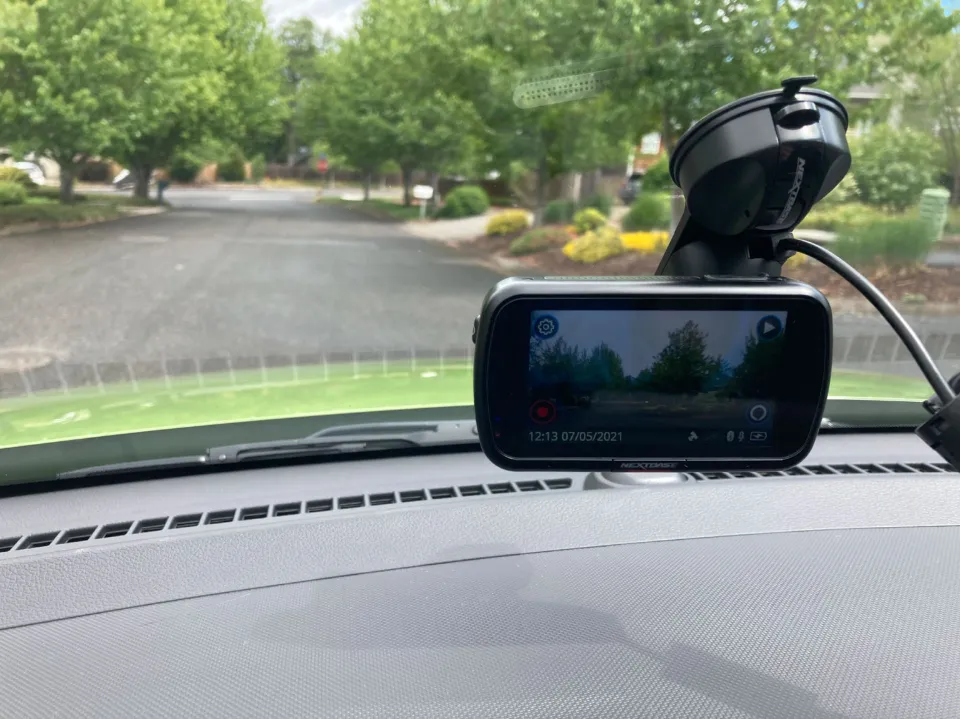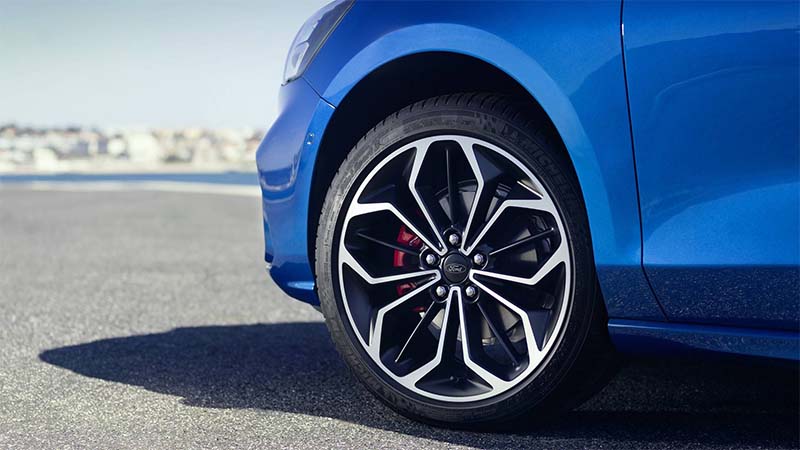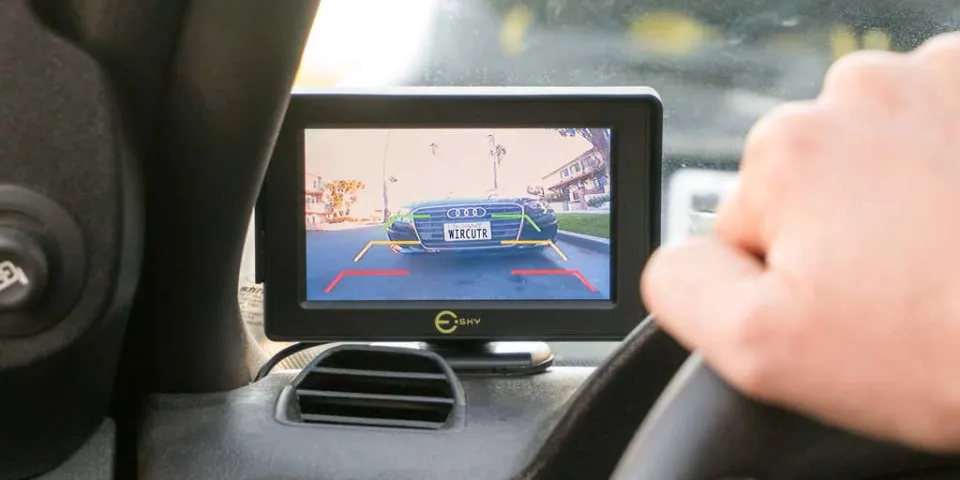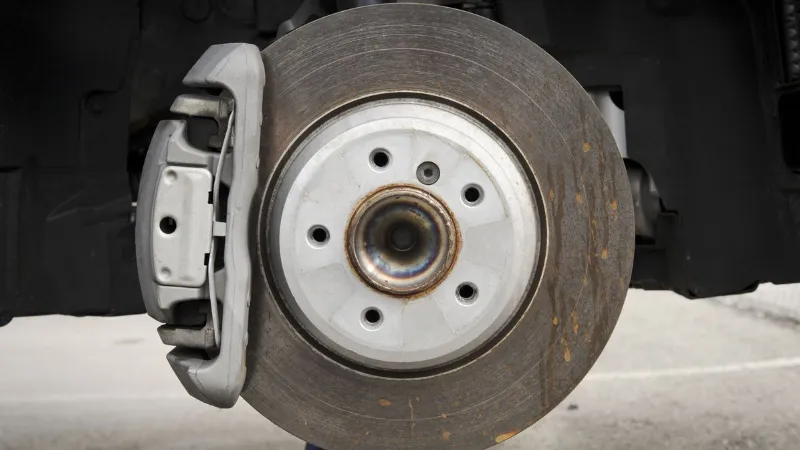When changing car brakes, you’ll be able to recognize problems more clearly if you comprehend “how do car brakes work”. Let’s examine “how do car brakes work”.
Drum brakes and disc brakes are two different types of car brakes. Both disc brakes and drum brakes work by using friction and resistance to convert kinetic energy into heat energy.
This friction is produced by a hydraulic system. The hydraulic system’s brake lines are filled with fluid, which exerts pressure through the brake rotors and disc brake pads to stop the vehicle. Brake shoes press against the drum in the same manner as drum brakes. Two rear brakes and two front brakes are standard equipment on all automobiles. In most cars, front brakes are primarily responsible for halting your vehicle and provide 60% to 90% of the vehicle’s stopping power.
Continue reading to learn more details.
The Basics of Brakes
Most modern cars and trucks have brakes on each of their four wheels. A hydraulic system powers these wheels. Because the braking process shifts the vehicle’s weight to the front of the vehicle, the brakes along the front of the vehicle are more crucial than those in the back. In comparison to drum brakes, which are frequently used on the vehicle’s rear wheels, disc brakes are more efficient, making them ideal for the front of the vehicle. All-disc braking systems are available on some high-performance, low-cost vehicles.
Brakes in Action
In terms of both physics and design, the way that auto brakes work is fascinating. It is pretty amazing to consider how quickly a car that weighs several thousand pounds can come to a stop simply by pressing down on a brake pedal with one’s foot. To stop the car, a lot of force is applied by the foot at once. Here’s how it works.
When the brake pedal is depressed, the car uses a fluid to transfer force from the driver’s sneaker to the brakes. The brakes, however, require more force than what a person could apply with their foot. Therefore, the vehicle must increase the force of the foot either by increasing the hydraulic force or by creating leverage due to a mechanical advantage. Through the use of friction, the brake transmits the force directly to the tires. Friction is another method used by the tires to transfer force to the ground.
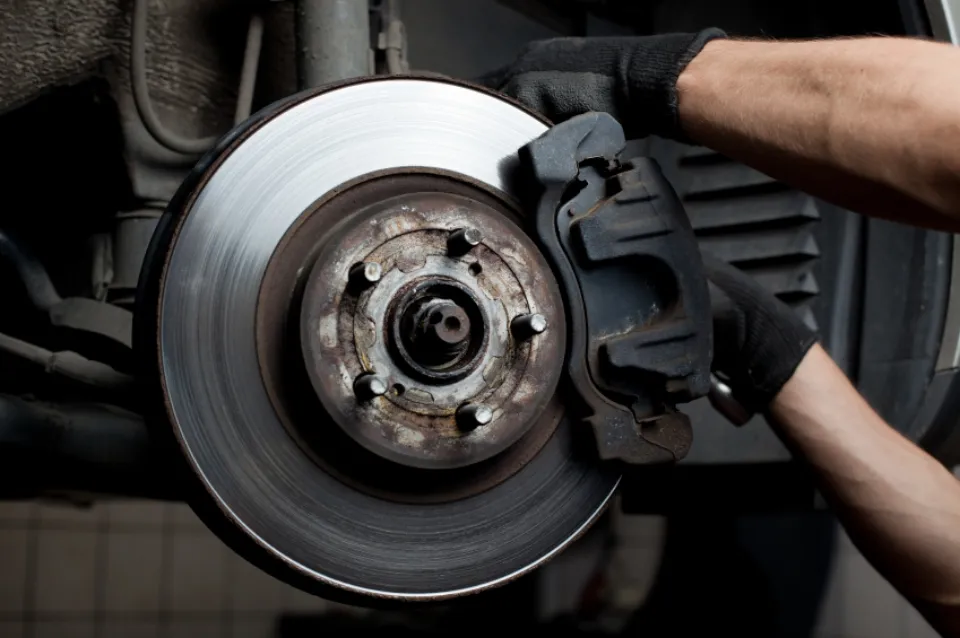
Brake Hydraulics
Most modern day vehicles are designed with two hydraulic circuits along with two master cylinders. Two circuits and cylinders are used to ensure that, in the event of one failing, the other will still work. In some circumstances, one circuit will operate the front brakes while the other operates the rear brakes. Alternately, each circuit can operate the front and rear brakes simultaneously. Actually, some brake systems are built so that a single circuit can operate all four brakes.
Heavy braking will lift a lot of weight off the locking rear wheels, which could cause a skid that endangers the driver’s life. This is the reason that the vehicle’s rear brakes are purposefully designed to have less force than its front brakes. A pressure-limiting valve that is load-sensitive is present in the majority of vehicles. This valve closes as braking force increases to a point where the back brakes could lock due to hydraulic pressure, stopping the flow of fluid to them. Thankfully, the majority of new cars on the road today have extremely sophisticated anti-locking brake systems that repeatedly apply and release the brakes quickly and repeatedly to prevent locking.
Friction for Braking
It is challenging to move one object over another due to friction. The operation of the vehicle brakes depends on this process. The weight of an object directly relates to the amount of force needed to move it. The more the object weighs, the greater the force necessary to create friction. When the brake pad contacts the spinning disc of the brake, friction is produced in the context of automobile brakes. The stopping force increases with the amount of pressure applied to the brake pad.
When two surfaces slide in relation to one another, a coefficient of static friction determines the amount of force required to stop the vehicle. The coefficient of static friction is significantly greater in the case of a car tire than the coefficient of dynamic friction. This indicates that when the contact patch of the tire does not slide in relation to the ground below, the tire has the most traction. Sliding, such as when in a skid, greatly reduces traction.
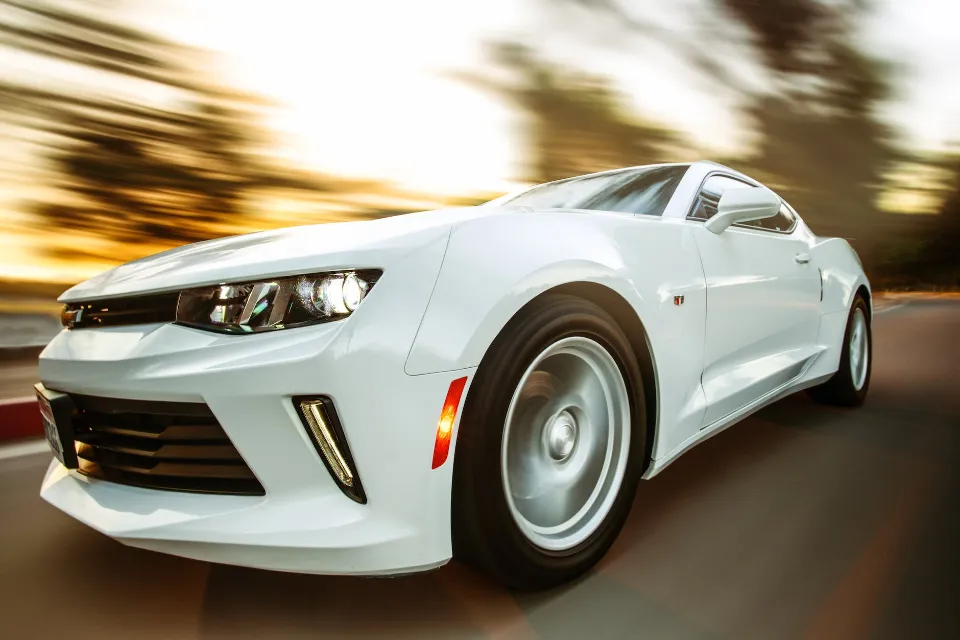
The Role of Distance and Diameter in Timely Braking
It is particularly important to consider the distance between the brake pedal and the pivoting part of the braking system. The force applied to the pedal must increase by a multiple of four before it is transmitted to the cylinder if the distance between these two is four times greater than the distance between the cylinder and pivot. Additionally, it is likely that the brake cylinder will have a diameter that is up to three times larger than the pedal cylinder. The force is multiplied by this difference in diameter.
The force will be multiplied by nine, let’s assume. This system increases the force of the driver’s foot by a factor of 36 in total. As a result, when 12 pounds of force are applied to the pedal, the wheels’ pressure on the brake pads causes 432 pounds to be produced.
You may want to know:
How Long Do Brakes Last?
Brake pads and shoes are generally thought to be good between 30,000-35,000 miles in urban use. Brakes may last 80,000 miles or more when used in less strenuous circumstances, such as on highways with little traffic. Read more about how long do car brakes last.
When Should I Get My Brakes Checked?
The moment you become aware that your brakes aren’t functioning properly or are beginning to show signs of wear, you should have them checked. However, you shouldn’t put off getting your brakes checked until something goes wrong! So, how to check brakes pads? At the very least once per year, routine brake upkeep should be performed. A professional at Firestone Complete Auto Care can inspect components like the:
- Brake lines
- Brake fluid
- Brake rotors and drums
- Brake pads and shoes
- Brake hoses
- Brake calipers and wheel cylinders
- Master cylinder
- Brake booster
You may want to know: How Much Does It Cost to Replace Brake Pads?
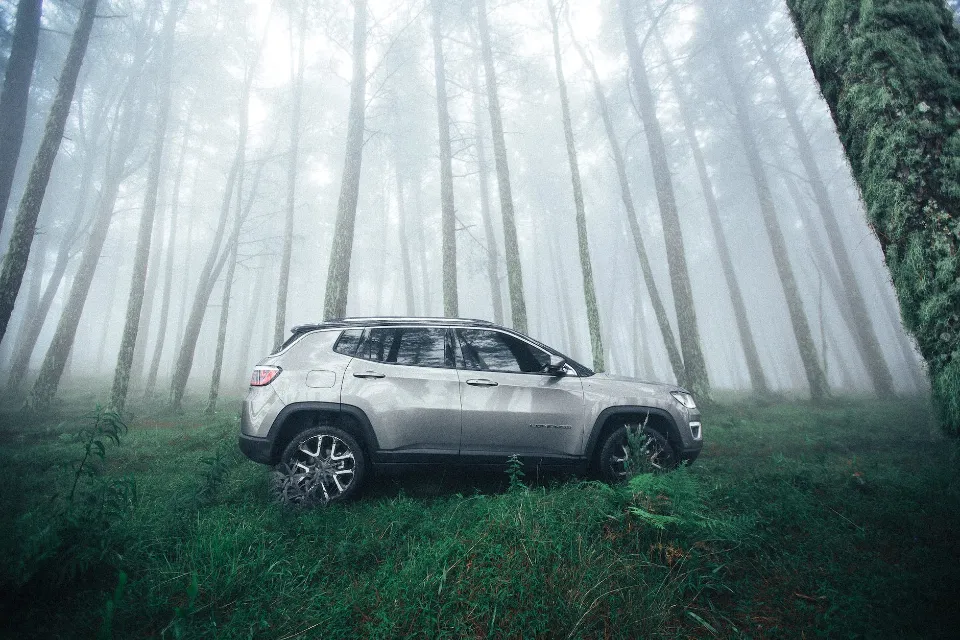
What Kind of Brakes Does My Car Have?
Your vehicle has disc brakes or drum brakes, or a combination of the two. Nowadays, disc brakes are standard on most vehicles. Most front brakes on cars sold in the US are typically disc brakes. are disc brakes, but you may find the rear brakes are drum brakes.
Disc brakes are superior, so why? They typically last longer than drum brakes, do a better job of dissipating heat, and hold up better in wet weather.
These days, you’ll find that most newer vehicles come with an anti-lock braking system. This system aids in preventing brake locking. Skidding and a loss of steering control can result from locking brakes.
Why Does My Car Shake When I Brake?
Your car may shake when you brake if your brake rotors or drums are damaged. However, other factors can cause your vehicle to shake when you apply the brakes, including:
- Loose front end components
- Worn steering components
- Dry guide pins
- Poor alignment
- Worn brake pads
If your car shakes when you apply the brakes, the problem is probably with your brakes or with some of the steering or suspension’s worn-out or loose parts. Below are specific details about Why Does My Car Shake When I Brake?

FAQs
Do Cars Brake With All 4 Wheels?
Most modern cars have brakes on all four wheels, operated by a hydraulic system . The brakes could be drum or disc style. Due to the fact that braking shifts the vehicle’s weight to the front wheels, the front brakes are more important in stopping the vehicle than the rear ones.
Does Front Or Back Brakes Stop a Car?
The front brakes play a greater role in slowing down your car because braking redistributes the weight of the vehicle to the front wheels. This is why manufacturers prefer to install disc brake systems for the front brakes and drum brake systems for the rear brakes in vehicles that have a mix of disc and drum brake systems.
Is It Easy to Change Brake Pads?
It might be time to replace your brake pads if you hear a nasty squeal when you press on the brake pedal. Changing your brakes is a fairly simple process for the avid DIYer and we’d rate it a 2 out of 5 wrenches in difficulty. This project could take anywhere from 4 to 2 hours, depending on the type of vehicle you have.
Summary: How Do Car Brakes Work?
So, how do car brakes work? Drum brakes and disc brakes are two different types of car brakes. Both disc brakes and drum brakes work by using friction and resistance to convert kinetic energy into heat energy.
If you have any questions, please leave a comment. If you like the post, please share it with your friends. Thank you for reading.


